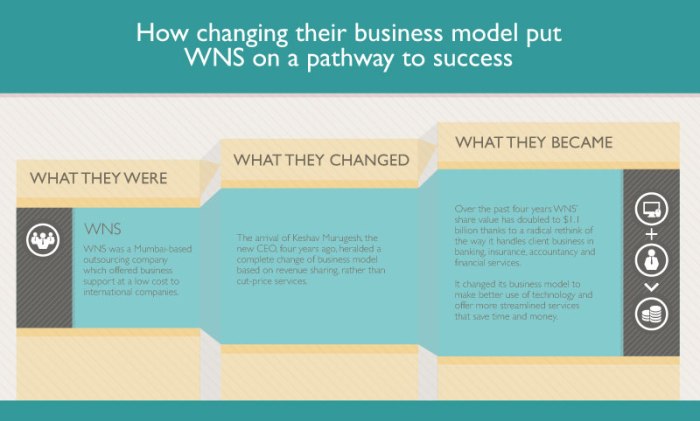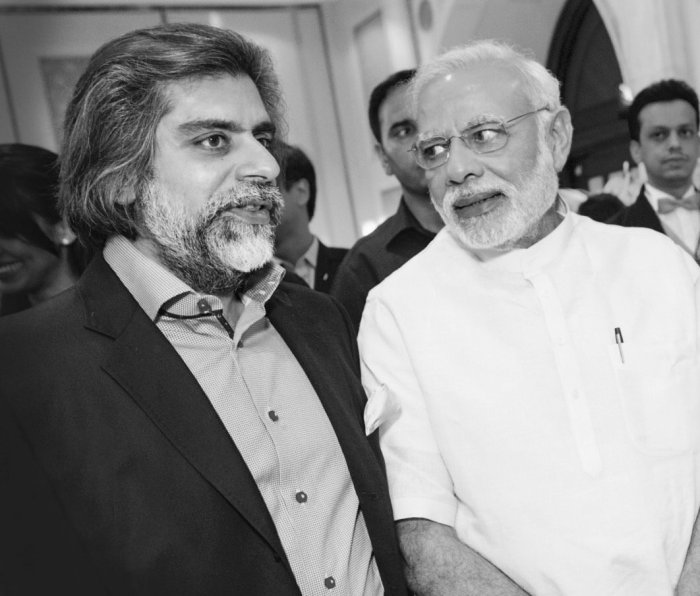While the formula might not turn us all into the next Richard Branson, the combination of intelligence, a bursting contacts’ book, ambition, vision and a drop of good luck can definitely help put us on a pathway to success.
But are these ingredients really enough to see you succeed? In today’s business environment – with constantly shifting social, economic and technological priorities – one element that’s vital, but often overlooked, is change. The willingness and ability to embrace it with arms wide open is crucial.
It might be plain stubbornness, an aversion to risk, blind sightedness, pressure from the board, or resistant employees, but many business people fail to overlook the need to implement changes which could make the difference between whether their company is listed on the FTSE 100 or struggling to survive.
Lateral thinking, or the ability to think outside of the box, is the difference between survival and death for a business – Keshav Murugesh
The experiences of those who are brave enough to adopt change show there are huge financial and competitive advantages to be gained.
Invest in change
“Innovation is the most necessary ingredient in today’s dynamic world,” according to Karan Chanana, CEO of Amira Nature Foods Ltd, the first family owned Indian company to list on the New York Stock Exchange, with a total revenue of $547.3m.
“It is like air to humans, every breath of innovation survives and thrives,” he said.
Founded in 1915 as a small family-run trading company, Amira went on to become India’s first fully-automated rice milling factory in 1993. By investing in a processing plant in Gurgaon, near New Delhi, Chanana refocused on premium rice products, which have a long shelf life, and organic products including rice, lentils and beans, and spices.
Chanana concedes that business people have different thresholds for change but believes everyone must accept that at some point they’ll have to take a risk and enact change.
He believes that in business, challenges are a part of everyday life. “Anyone who believes that business or life will be a smooth ride is living in a fool’s paradise.”
Make or break
“Lateral thinking, or the ability to think outside of the box, is the difference between survival and death for a business,” said Keshav Murugesh, CEO of WNS, a leading Indian outsourcing company based in Mumbai.
He is known in his company as the “the turnaround guy”, having built a reputation for improving an ailing company’s fortunes at Syntel before joining WNS four years ago. In that time, he has doubled the company’s market cap to $1.1b and revived its declining fortunes.
Murugesh believes companies stagnate because leaders are unable to push themselves out of their comfort zone and challenge the status quo.
“It’s about the fear of failure, the requirement for new technology, and the cost of new investment,” he said. “But people who can make these changes in a planned manner see success.”
But, he said, people have to remember: “There is no such thing as failure, only some steps between where you are and where you aim to be. It’s about planning, motivating and leading people, and also an element of luck which every CEO needs to have.”
Size matters
“When it comes to change, size matters,” according to John Brash, founder and CEO of Brash Brands, a brand consultancy headquartered in Dubai whose clients include The Burj Khalifa.
“On the whole, larger organisations do take longer to effect change. Approval processes are lengthier, plus the sheer volume of people to communicate with will naturally take longer,” Brash said.
As an example he cites Dubai’s Dnata, the world’s fourth biggest combined air services provider which has a footprint in 73 airports in 37 countries and has more than 20,000 employees. Dnata embarked on a complete rebranding exercise in 2011 as a result of many acquisitions which had led to it quadrupling in size in just six years.
Brash said: “The new brand strategy, vision, mission and values needed to be communicated to over 20,000 people.”
He acknowledges, however, that some business leaders find change a painful process: “Whilst some business owners may have the desire to innovate, the process as a whole can seem overwhelming. If they are doing well whilst doing the same thing some can be reluctant to rock the boat. It’s myopia of the market they are in.”
Social and digital change
Going forward, Brash believes that businesses must adapt to new forms of modern disruption such as social media, cloud computing, 3-D printing, technology and popular new business models that involve mobile apps such as Uber, the taxi service.
In the future, he said, the chief marketing officer will become an important decision-maker, on par with the CEO of a company because of the implications to a business of digital innovation and the impact of social media. “I want to understand how Generation Y thinks and acts,” he said, “because they are the customers of the future.”
One way WNS keeps innovation at the forefront of their business strategy is by leading an ideas division called Wincubate, where employees are encouraged to contribute new thinking. The team with the most promising concept wins $250,000 (excluding people costs) to launch their programme. After 18 months the decision is made on whether to create a new division to develop that idea as a business proposition, in which case the team members receive a 26% stake in the new company.
Brash said: “Without consistent lateral thinking any business will start to slow down over time. Younger, hungrier talent will come to the market and erode your share through their innovative methods.
“Many companies can get caught up watching their competition, rather than keeping pace with their consumers, especially the constantly evolving Gen Y.”
After all, as Stephen Hawking said, “intelligence is the ability to adapt to change”.
Brash said: “Without consistent lateral thinking any business will start to slow down over time. Younger, hungrier talent will come to the market and erode your share through their innovative methods.
“Many companies can get caught up watching their competition, rather than keeping pace with their consumers, especially the constantly evolving Gen Y.”
After all, as Stephen Hawking said, “intelligence is the ability to adapt to change”.



